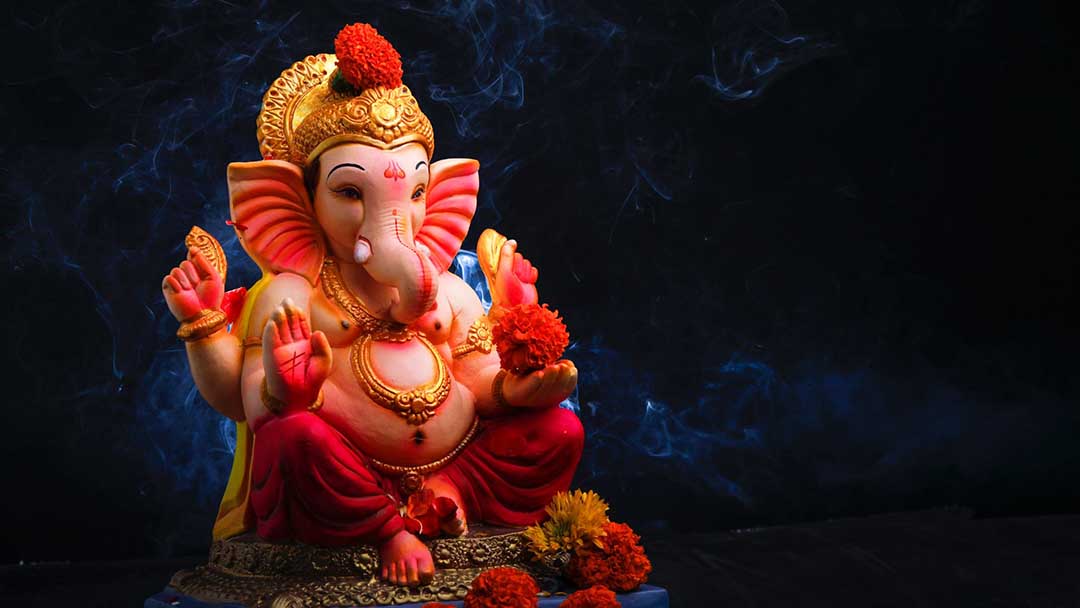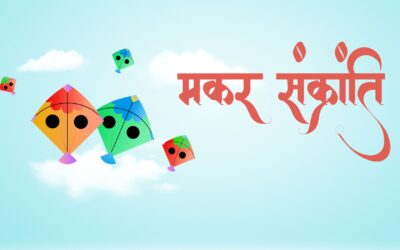Embarking on a Journey through India’s Festive Kaleidoscope
India is often eulogised as a land of festivals. Owing to its vast diversity in terms of religion, ethnicity, culture, and traditions, the Indian subcontinent remains an ever-bustling repository of festivities. Each festival, grounded in deep-rooted customs and stories, encapsulates India’s rich cultural tapestry. This article takes a voyage through some of the major Indian festivals, offering a glimpse into their significance and the traditions that mark them.
1. Diwali – The Festival of Lights
Undoubtedly one of the most celebrated festivals, Diwali or Deepavali translates to “row of lights”. It predominantly celebrates the return of Lord Rama to his kingdom after defeating the demon king, Ravana – a story immortalised in the epic, Ramayana.
Significance: Diwali marks the victory of good over evil and light over darkness.
Traditions: Homes are adorned with earthen lamps and candles. Families clean their houses, buy new clothes, and prepare festive dishes. Fireworks illuminate the skies, and prayers to Goddess Lakshmi, the deity of wealth and prosperity, are quintessential.
2. Holi – The Festival of Colours
Holi is a vibrant festival that heralds the arrival of spring.
Significance: The celebration stems from the legend of Prahlad, a staunch devotee of Lord Vishnu, who emerged unscathed from fire due to his unwavering devotion, whereas the malevolent Holika was burnt. The festival celebrates the triumph of devotion and righteousness over malevolence.
Traditions: People smear each other with coloured powders and splash water, signifying the vibrancy of life and the spirit of camaraderie. Delicacies like ‘gujiya’ and ‘thandai’ are prepared, and bonfires or ‘Holika Dahan’ are lit on the eve of Holi.
3. Eid-ul-Fitr
This Muslim festival marks the end of Ramadan, the holy month of fasting.
Significance: Eid-ul-Fitr celebrates the conclusion of a month of dawn-to-dusk fasting, introspection, and prayers. It underscores the values of gratitude, charity, and brotherhood.
Traditions: Families congregate for special prayers, don new clothes, and exchange gifts. It’s customary to give Zakat-al-Fitr, a form of charity, before the Eid prayers. Delicacies like ‘seviyan’ and ‘biryanis’ are integral to the celebrations.
4. Navaratri/Durga Puja
Spanning nine nights, Navaratri venerates Goddess Durga. In West Bengal, it is celebrated as Durga Puja.
Significance: It commemorates the victory of Goddess Durga over the demon, Mahishasura. The festival epitomises the power of feminine divinity.
Traditions: The nine nights are dedicated to various forms of the goddess. Fasting, dance (Garba and Dandiya Raas), and the crafting of intricate idols and pandals (temporary structures) are significant traditions. The tenth day, known as ‘Vijaya Dashami’, sees the immersion of the idols in water.
5. Raksha Bandhan
A festival that venerates the bond between brothers and sisters.
Significance: ‘Raksha’ means protection and ‘Bandhan’ signifies a bond. It celebrates the protective bond between siblings.
Traditions: Sisters tie a decorative thread or ‘rakhi’ around their brothers’ wrists, praying for their well-being. In return, brothers offer gifts and pledge to protect their sisters.
6. Pongal/Makar Sankranti
This harvest festival is widely celebrated in southern India as Pongal and in other parts as Makar Sankranti.
Significance: It’s a thanksgiving ceremony to nature for providing the harvest. It coincides with the sun’s transition into Capricorn.
Traditions: Houses are decorated with ‘kolams’ (rangoli made with rice flour). ‘Pongal’, a dish made of rice and lentils, is prepared in earthen pots. Kite flying is popular in many regions during Makar Sankranti.
7. Ganesh Chaturthi
This festival celebrates the birth of Lord Ganesha.
Significance: Lord Ganesha, with an elephant head, is worshipped as the god of wisdom, prosperity, and auspicious beginnings.
Traditions: Clay idols of Ganesha are installed at homes and public pandals. After a series of prayers and celebrations over several days, these idols are immersed in water, a ritual known as ‘Visarjan’.
8. Onam
A major festival of Kerala, Onam marks the return of the legendary King Mahabali.
Significance: It’s believed that King Mahabali’s spirit visits Kerala during Onam, ushering in prosperity.
Traditions: Homes are decorated with flower arrangements called ‘pookalam’. ‘Onasadya’, a grand feast with an array of dishes, is served on banana leaves. Traditional games, boat races, and dances like ‘Kathakali’ and ‘Thiruvathira’ are integral to the celebrations.
In conclusion, Indian festivals are not mere occasions of revelry; they are profound in their implications, echoing values of unity, gratitude, humility, and reverence. They bind communities, transcending boundaries of caste, creed, and region, and reiterate the ethos of ‘Unity in Diversity’, which is the bedrock of the Indian civilisation. Celebrating these festivals provides a unique lens into the soul of India, its age-old traditions, and the innumerable stories that breathe life into it.
Subscribe




